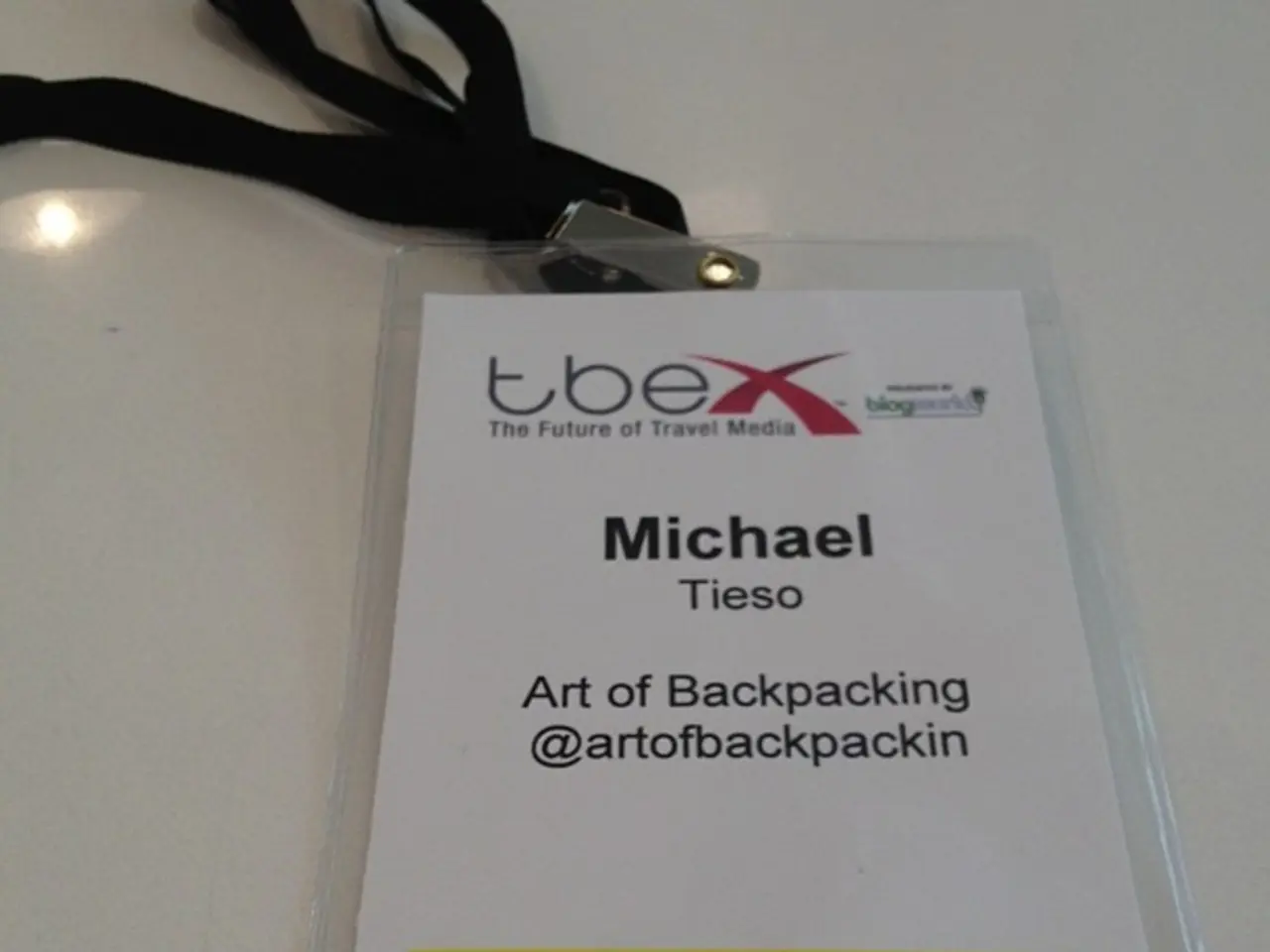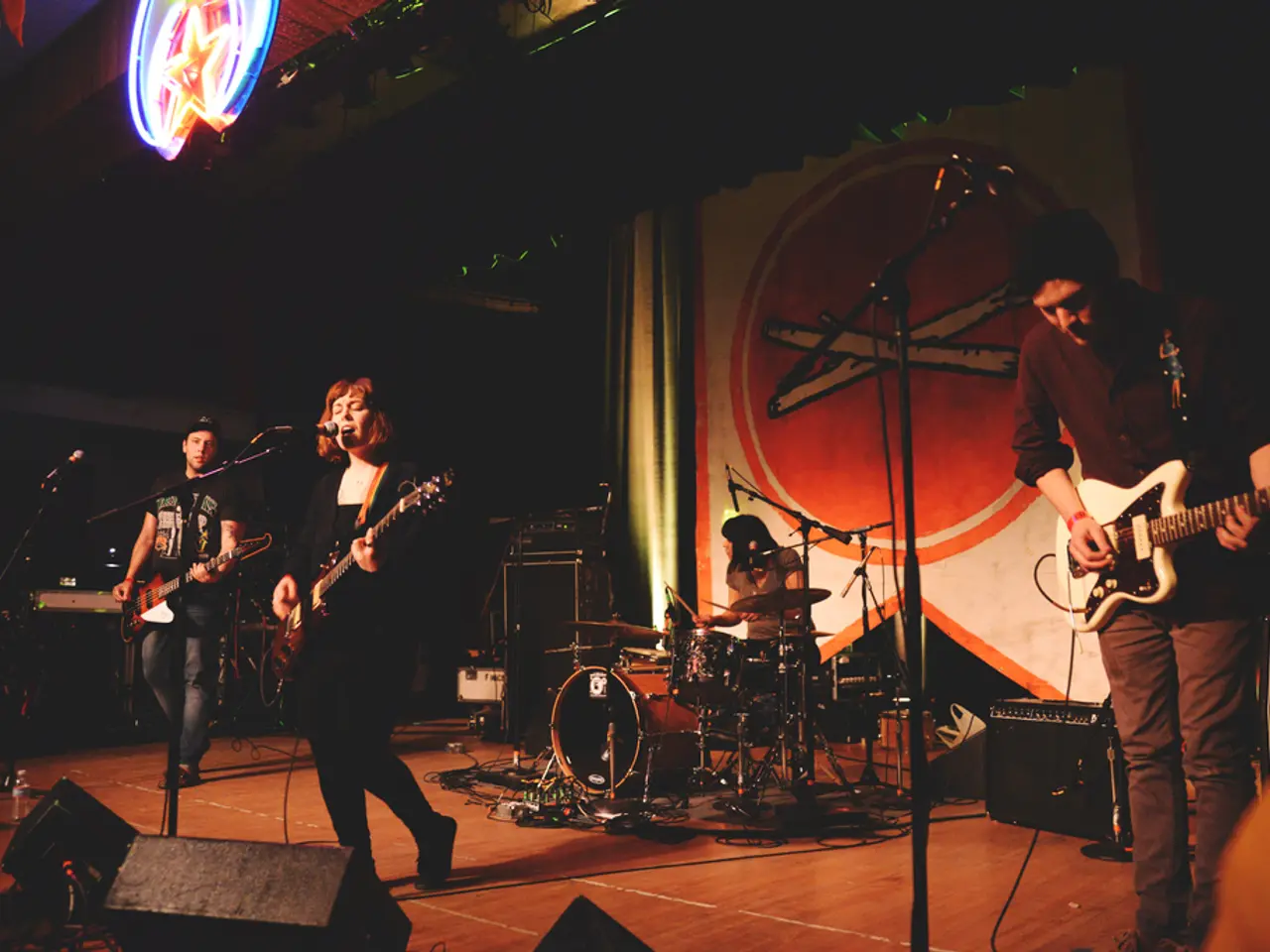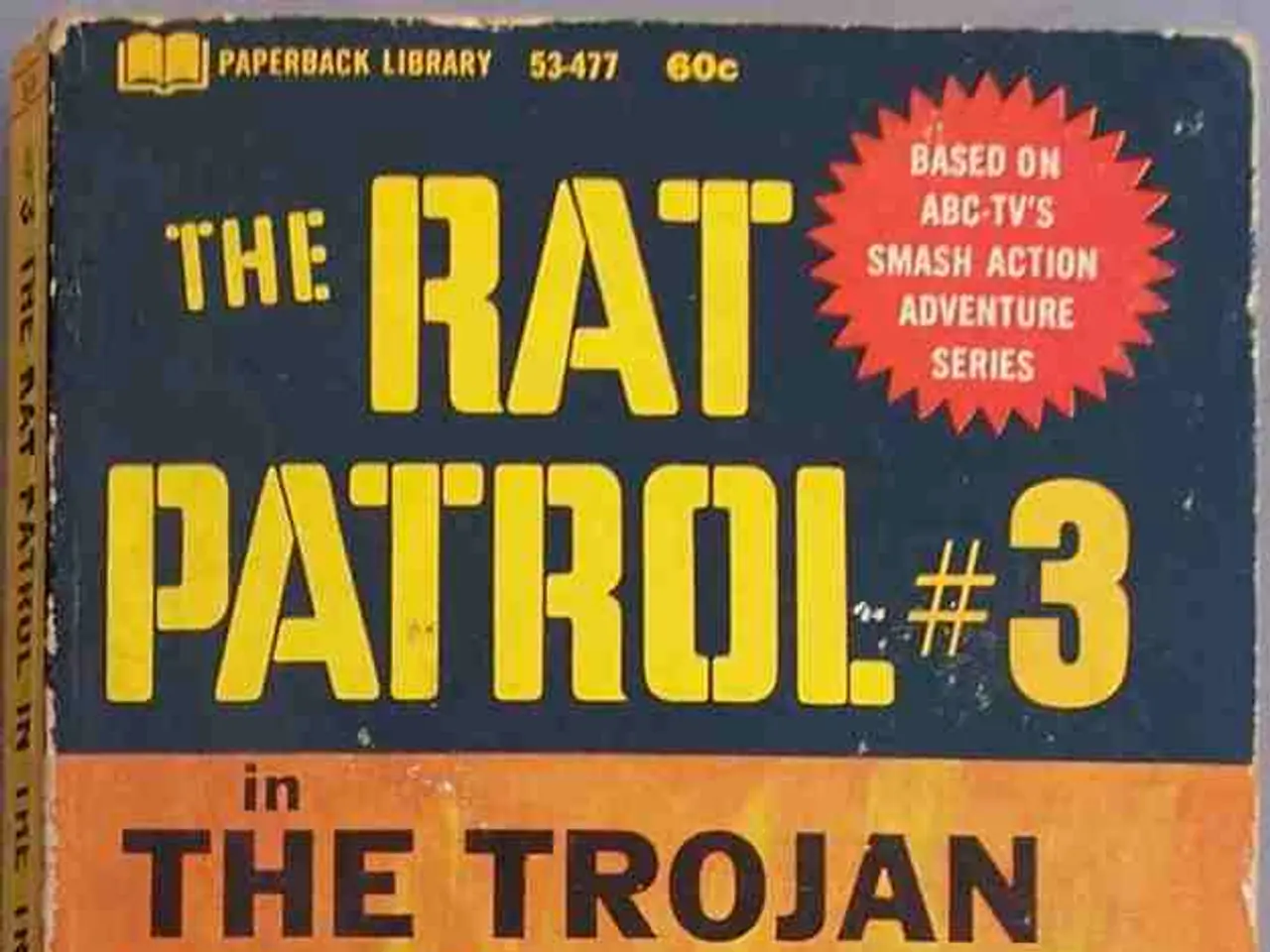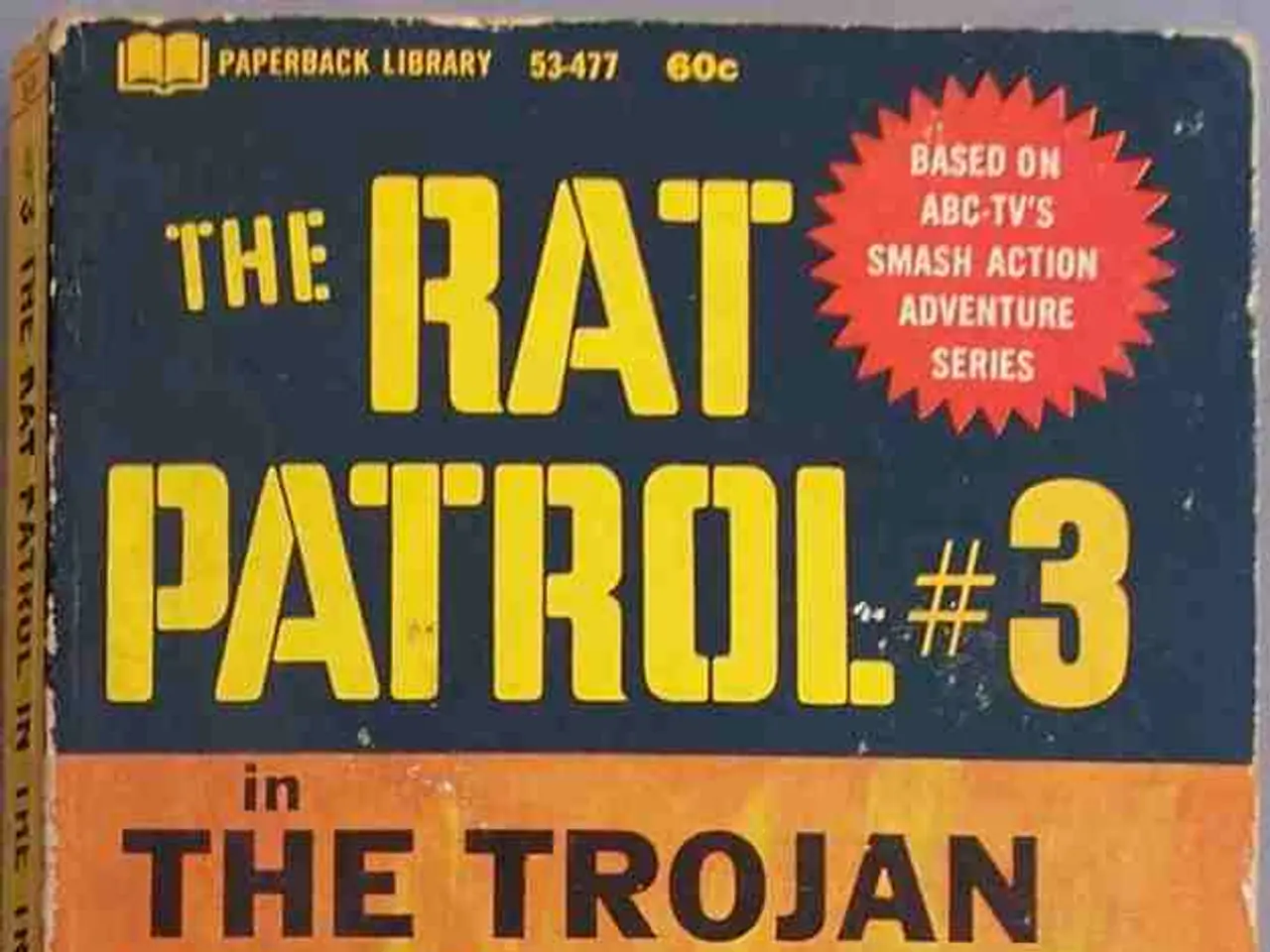Rapid IP Infringement Enforcement against Influencers: Swift Takedown Procedure
In the dynamic world of influencer marketing, swiftly removing stolen content from platforms like YouTube, Instagram, and TikTok is crucial for maintaining brand reputation and campaign performance. Here's how leading teams are establishing a streamlined process to achieve this.
Contractual Agreements
Establishing clear and explicit approval, monitoring, and removal rights for unauthorized, stolen, or law-violating content in influencer contracts forms the legal foundation for swift takedown actions. This ensures that no delays or disputes hinder the removal process.
Digital Rights Management (DRM) Platforms
Employing Digital Rights Management (DRM) tools, such as Lenskart Rights Manager or Influencer.co’s Rights Vault, automates content usage tracking, license expirations, and version control. These tools help identify unauthorized content quickly and trigger removal processes efficiently.
Proactive Monitoring & Communication
Setting up automated alerts for unauthorized content via APIs and integrating centralized monitoring dashboards keeps teams informed about potential infringements. Consistently updating influencers on content rights policies and engaging them as partners in protecting intellectual property helps maintain trust and alignment.
Respect Legal Requirements
Incorporating IP rights clarifications, usage terms, and takedown procedures in influencer agreements minimizes legal risks and upholds compliance with platform and regulatory standards like the FTC guidelines. This approach ensures that campaigns are not negatively impacted by legal issues.
By balancing enforcement with relationship management, this approach ensures that stolen content is removed rapidly while preserving influencer goodwill and campaign performance metrics.
Other key steps include:
- Quarterly rights-enforcement audits to validate the "Removed" status equates to zero public access.
- Campaign Metrics Reconciliation to replace "pre-removal" engagement metrics with "post-removal" baselines.
- Permission tracking leveraging blockchain-backed registries for timestamped proof of brief sign-off.
- Dynamic watermarks utilizing services like Digimarc or Pixsy to embed imperceptible digital watermarks in video frames and image pixels.
- Content fingerprinting integrating open-source libraries into the video pipeline to generate unique audio/video fingerprints for automated detection.
- A standardized PDF summary listing each claim ID, removal timestamp, and residual risk status, distributed to brand legal, campaign leads, and the influencer relations team.
- Choosing an ownership vs. licensing model to clarify asset rights, ensuring enforcement actions align precisely with contract terms.
- Automated status sync to ingest platform status updates directly into the dashboard via APIs or webhook integrations.
- Recurring monthly crawls across tier-2 social platforms to detect unauthorized brand content.
- A "Three-Touch" review including legal, PR, and influencer relations sign-off within 24 hours of a counter-notice.
- Escalation protocols documenting internal steps for Slack ping to account lead, email to platform rep, and legal counsel notification.
- Adding indemnification and liability caps to make influencers financially accountable for IP breaches.
- Including termination and non-compete clauses to prevent influencers from repurposing campaign assets after contract end.
- Legal and PR teams being looped in immediately upon receipt of a counter-notice to assess risk of re-posting, liability, or PR exposure.
- Slack's Workflow Builder auto-notifying channel #influencer-ops whenever a claim status changes to "Overdue."
- A bi-monthly "Rights Roundtable" to review emerging infringement patterns, platform policy changes, and updates the takedown playbook accordingly.
- Securing whitelisting agreements on key platforms to directly approve influencer tags and shares, effectively blocking unauthorized reposts before they require takedown.
- Negotiating whitelisting agreements for Meta, TikTok, and Pinterest to let you directly approve influencer tags and shares, effectively blocking unauthorized reposts before they require takedown.
- Brief-triggered alerts configuring the influencer-management platform to spawn a rights-monitoring task automatically when a brief is approved.
- A unified ticket log capturing every claim's platform, asset ID, submission date, claim ID, jurisdiction, and next-action due in Airtable, Smartsheet, or an influencer-management platform.
- Post-removal, pre- and post-takedown metrics on share volume, engagement rates, and earned reach are compared and tagged directly to the breach event in the campaign analytics dashboard.
- An immutable record storage archives final status emails, API logs, and proof-of-removal screenshots in a secure cloud repository.
By implementing these practices, influencer marketing teams can effectively tackle content theft and protect their brand's reputation and campaign performance.
In the process of streamlined content removal, leading teams are leveraging Digital Rights Management (DRM) platforms like Lenskart Rights Manager or Influencer.co’s Rights Vault to automate content usage tracking and quickly identify unauthorized content.
Proactive monitoring and communication are crucial for swift action. Setting up automated alerts for unauthorized content via APIs and integrating centralized monitoring dashboards keeps teams informed about potential infringements, helping maintain trust and alignment with influencers who are partners in protecting intellectual property.







